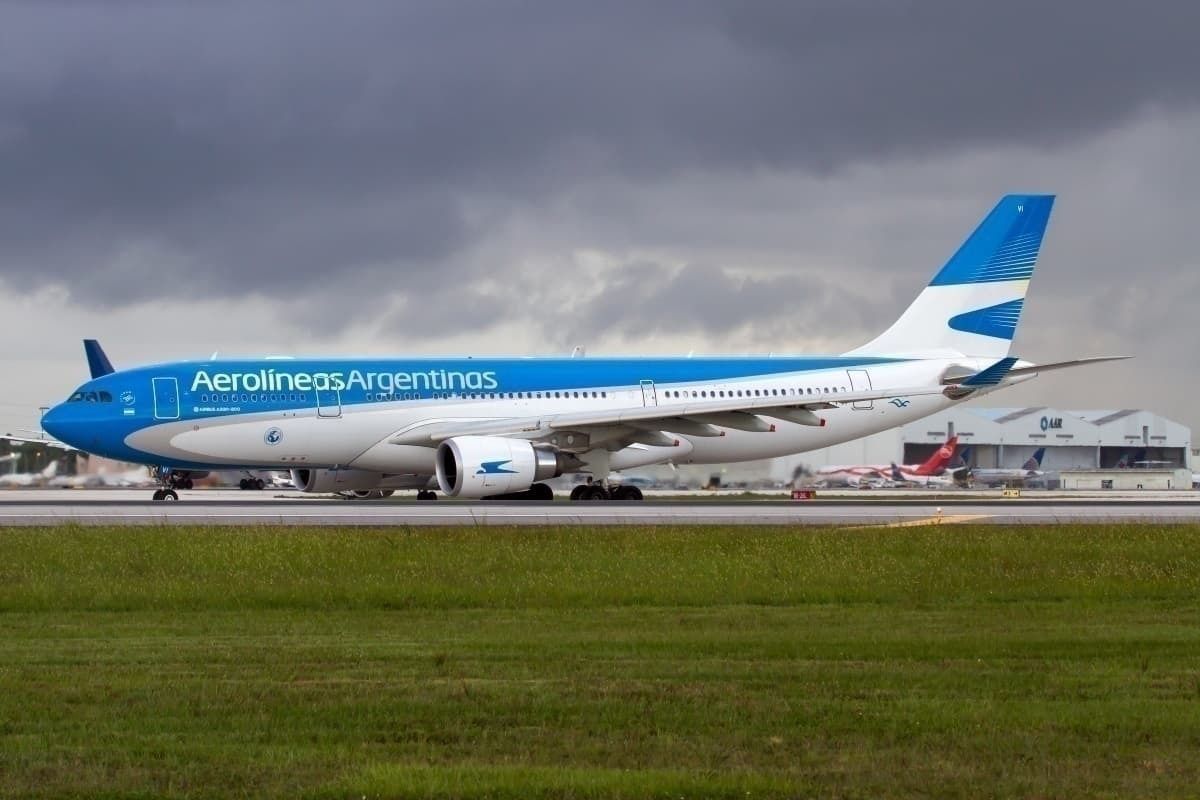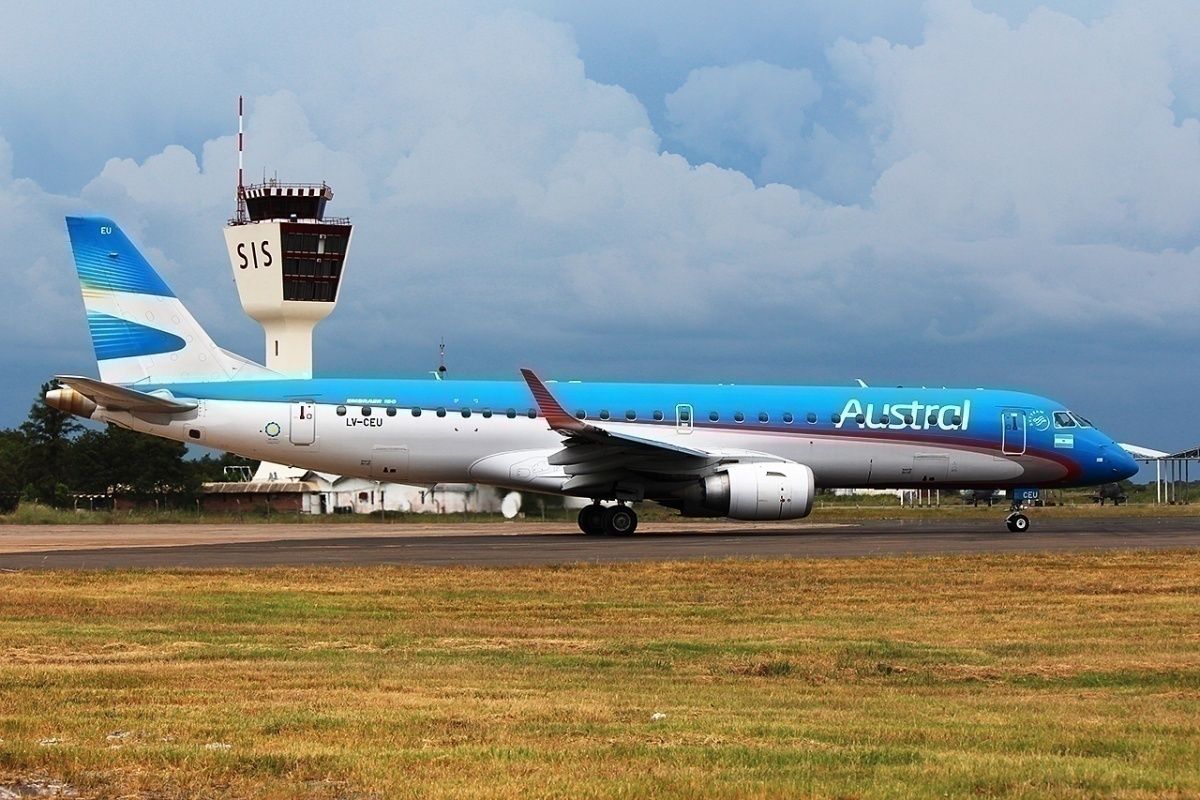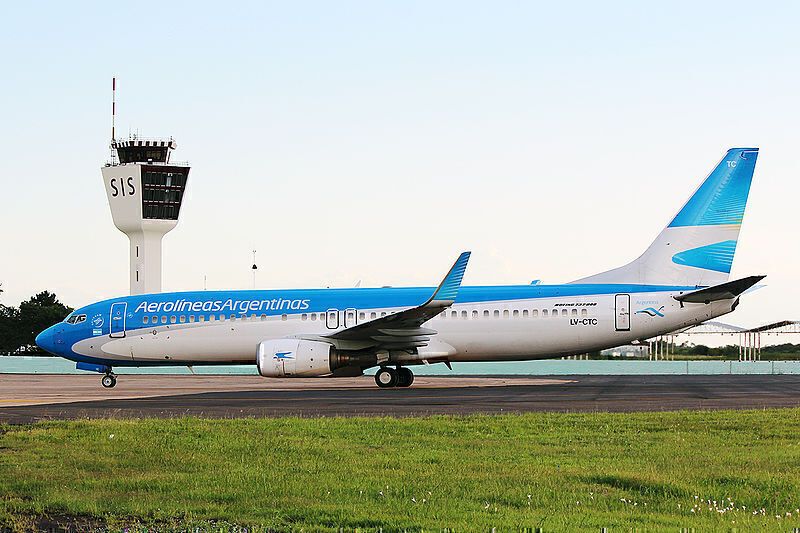This week, the Argentinian government announced the fusion of state carriers Aerolíneas Argentinas and Austral. Previously, both airlines belonged to the same group, and their fusion could be a done deal by the end of the year. But not everybody is happy. Let’s investigate further.
What does this mean for both airlines?
Pablo Ceriani, president of Grupo Aerolíneas, said that the fusion would bring a more significant operative efficiency to both carriers. As well, the new airline will have a more thorough growth and will save millions of dollars while opening new markets.
With both airlines under one brand, Grupo Aerolíneas expect savings of up to almost US$30 million and direct earnings of US$42 million said Argentinian news agency, Télam.
Ceriani added that there’s no sense in having a duplication of structures. Aerolíneas Argentinas has a fleet of 54 aircraft composed of ten Airbus A330 and 44 Boeing 737. Meanwhile, Austral has a fleet of 26 Embraer ERJ-190.
As of May 2020, Aerolíneas Argentinas served 37 domestic destinations and 24 international destinations in 16 countries. Austral mainly has domestic destinations, although it does connect with some neighboring countries such as Uruguay, Brazil, and Chile.
In reality, both airlines are already intertwined. They work on the same route map and share some destinations with Austral operating the low seasons. So, at first glance, there shouldn’t be much difference if both airlines become one. Nevertheless, some people are not happy.
Austral pilots raised their voices
After the news broke, the pilots of Austral raised their voices in unconformity against the decision made. The Pilot Union of Austral (UALA) declared itself in a “state of alert.” UALA added,
“Under fallacious and unsustainable arguments of savings and productivity, the Grupo Aerolíneas administration wants to sacrifice a capitalized airline with market potential.”
Austral Líneas Aéreas has been flying for over 60 years, and the union believes it is a part of the solution rather than a problem. Aerolíneas Argentinas is turning 70 this year.
“The Grupo Aerolíneas requires a Plan with political consensus and under a scheme of federal support. We don’t need an improvised plan which will result in a costly and fallacious makeup,” Austral added.
The Argentinian newspapers also are not too happy about the fusion. They point out that mixing both airlines will create little economic savings. Aerolíneas Argentinas currently has 11,900 employees and a yearly wage cost of over US$50 million. La Nación said that the airline had received approximately US$450 million from the Argentinian government this year.
What else is Argentina proposing?
As we know, Argentina is currently the only country in the world to have banned all commercial flights until September. Different organizations worldwide have criticized this decision. Meanwhile, Aerolíneas Argentinas has maintained a small repatriation operation and some cargo flights.
Pablo Ceriani announced that the airline will launch two new businesses after the crisis. On the one hand, it will create a cargo operation based on the experience of its flights to Shanghai. Additionally, Aerolíneas Argentinas will launch an MRO service for other airlines.
“It is necessary to operate with maximum efficiency. We’ve managed to do it in some areas, but we keep inefficiencies in others. We have dragged some problems for so many years,” the airline said in a statement. The carrier also said that those companies that can’t adapt to the current state of affairs would disappear. “Surely, this could be the destiny of Aerolíneas Argentinas if we are not up to the task,” it ended.
What do you think of Aerolíneas’ merger? Let us know in the comments.



